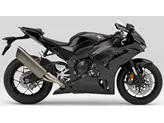Yamaha R1 2010 vs. Kawasaki Ninja ZX-10R 2021

Yamaha R1 2010
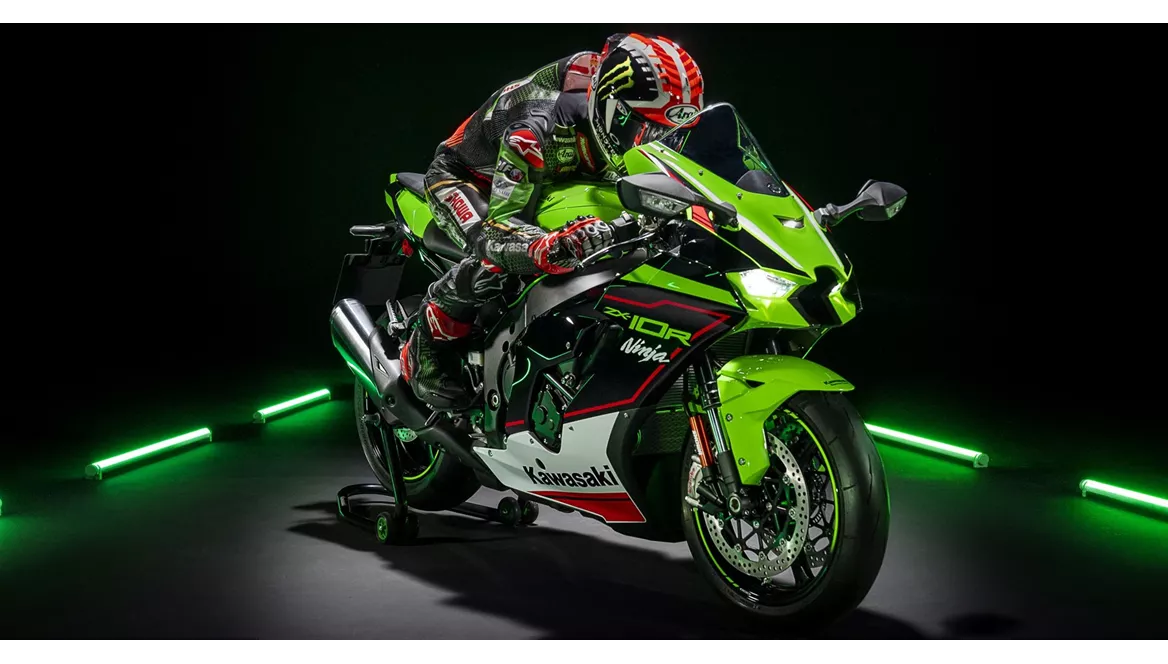
Kawasaki Ninja ZX-10R 2021
Overview - Yamaha R1 2010 vs Kawasaki Ninja ZX-10R 2021
When comparing the Yamaha R1 model year 2010 and the Kawasaki Ninja ZX-10R model year 2021, it is important to consider their technical specifications and strengths and weaknesses.
Starting with the technical specifications, both motorcycles have a 998cc engine with four cylinders and four valves per cylinder. However, there are some differences in the engine details. The Yamaha R1 2010 has a bore of 78mm and a stroke of 52.2mm, producing an engine power of 181 HP and a torque of 115.5 Nm. On the other hand, the Kawasaki Ninja ZX-10R 2021 has a slightly smaller bore of 76mm but a longer stroke of 55mm, resulting in a higher engine power of 203 HP and a torque of 114.9 Nm. Both motorcycles have DOHC valves and a similar displacement.
In terms of suspension, both the Yamaha R1 2010 and the Kawasaki Ninja ZX-10R 2021 feature upside-down telescopic forks in the front. However, the Yamaha R1 2010 is noted to have suboptimal suspension elements, while the Kawasaki Ninja ZX-10R 2021 is praised for its well-balanced chassis.

Yamaha R1 2010
When it comes to braking, both motorcycles have double disk brakes in the front. The Yamaha R1 2010 is described as having an optimal braking system, while the Kawasaki Ninja ZX-10R 2021 is commended for its powerful brakes.
In terms of dimensions and weights, both motorcycles have a front tire width of 120mm and a rear tire width of 190mm, with a diameter of 17 inches for both tires. The Yamaha R1 2010 has a wheelbase of 1415mm, while the Kawasaki Ninja ZX-10R 2021 has a slightly longer wheelbase of 1440mm. Both motorcycles have a seat height of 835mm. The Yamaha R1 2010 has a kerb weight of 206kg, while the Kawasaki Ninja ZX-10R 2021 is slightly heavier at 207kg. Additionally, the Yamaha R1 2010 has a fuel tank capacity of 18 liters, whereas the Kawasaki Ninja ZX-10R 2021 has a slightly smaller fuel tank capacity of 17 liters.
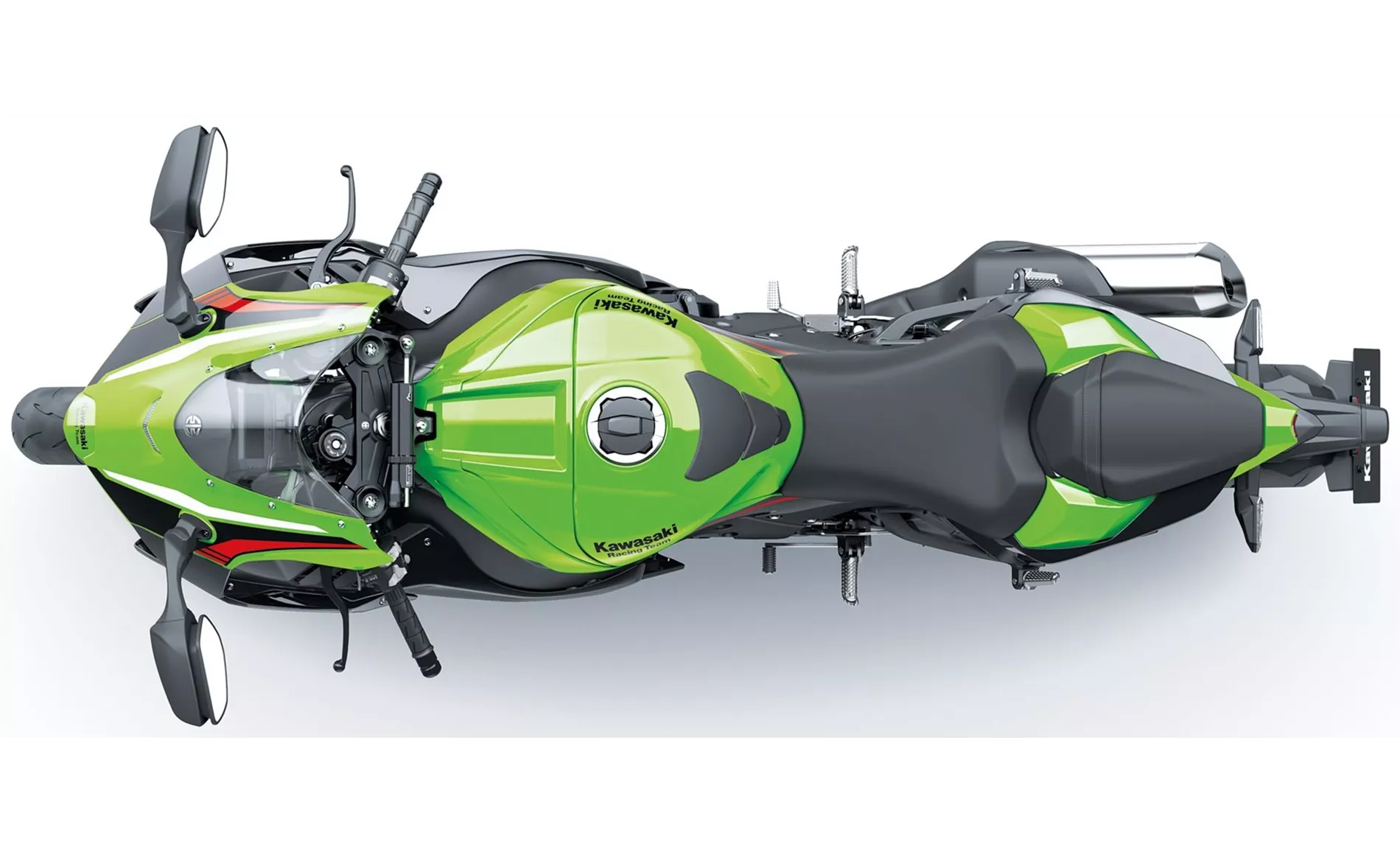
Kawasaki Ninja ZX-10R 2021
Moving on to the strengths and weaknesses of each motorcycle, the Yamaha R1 2010 is praised for its strong engine and sophisticated engine character. It is also noted to have an optimal braking system and a comfortable seating position. However, it is mentioned that the Yamaha R1 2010 has suboptimal suspension elements, a lower peak power, slightly weak traction, and a high weight.
On the other hand, the Kawasaki Ninja ZX-10R 2021 is commended for its high-quality workmanship and strong components. It features a high-revving and powerful engine, great wind protection with good aerodynamics, and a good seating position even for tall riders. The Kawasaki Ninja ZX-10R 2021 also boasts a high-quality electronics package, powerful brakes, and a well-balanced chassis. However, it is noted to have load change reactions in the partial load range, a somewhat slow quickshifter, and a somewhat small display.
In conclusion, while both the Yamaha R1 2010 and the Kawasaki Ninja ZX-10R 2021 have their strengths and weaknesses, the Kawasaki Ninja ZX-10R 2021 seems to offer a more refined and high-performance package with its high-quality workmanship, powerful engine, advanced electronics, and well-balanced chassis.
Technical Specifications Yamaha R1 2010 compared to Kawasaki Ninja ZX-10R 2021
Pros and Cons in comparison
Pros and Cons in comparison
Yamaha R1 2010
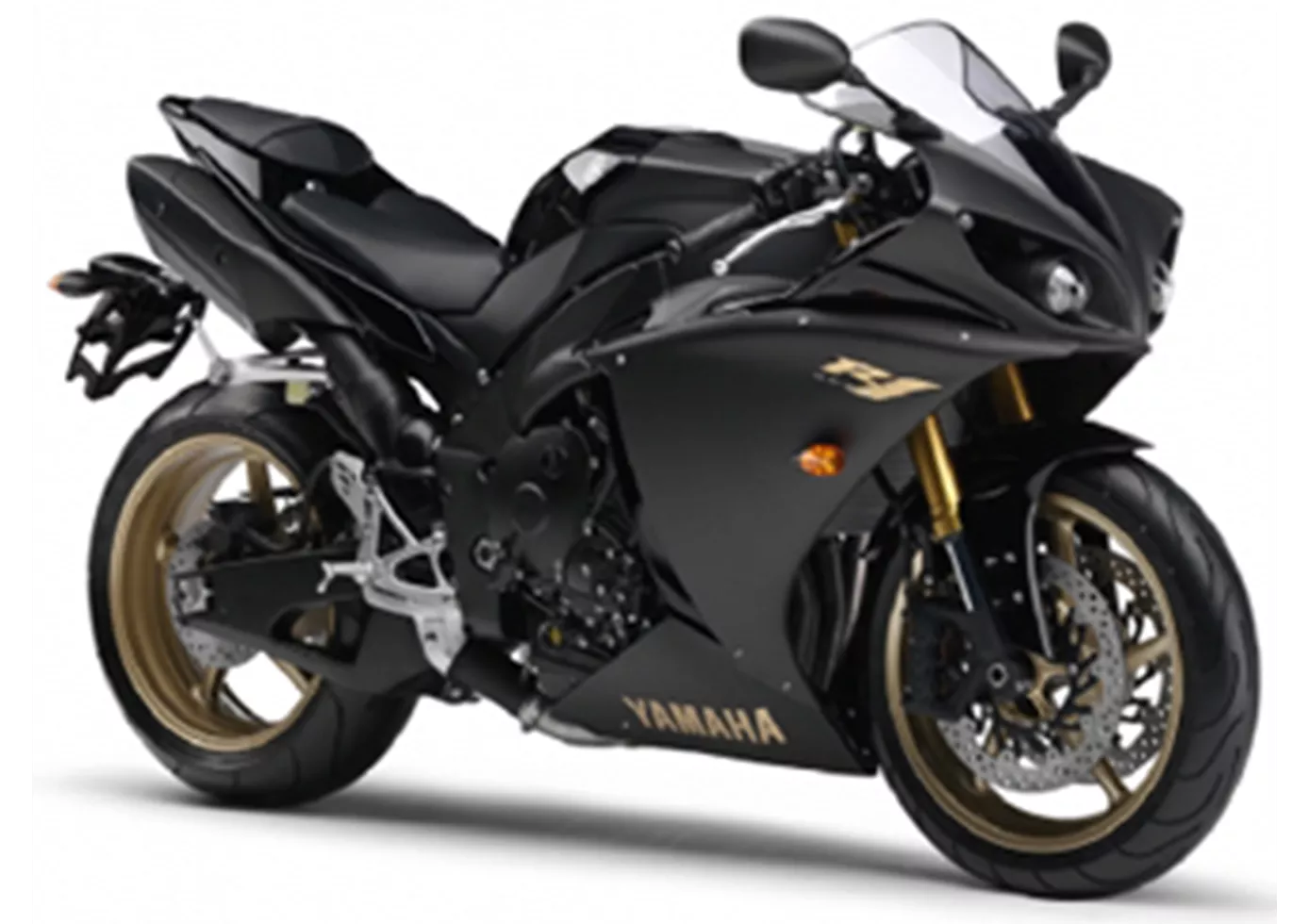
Le moteur actuel de la R1 se distingue par sa sonorité caractéristique, sa réactivité et sa puissance linéaire. En ce qui concerne la puissance de pointe, Yamaha a toutefois dû faire quelques concessions.
Kawasaki Ninja ZX-10R 2021
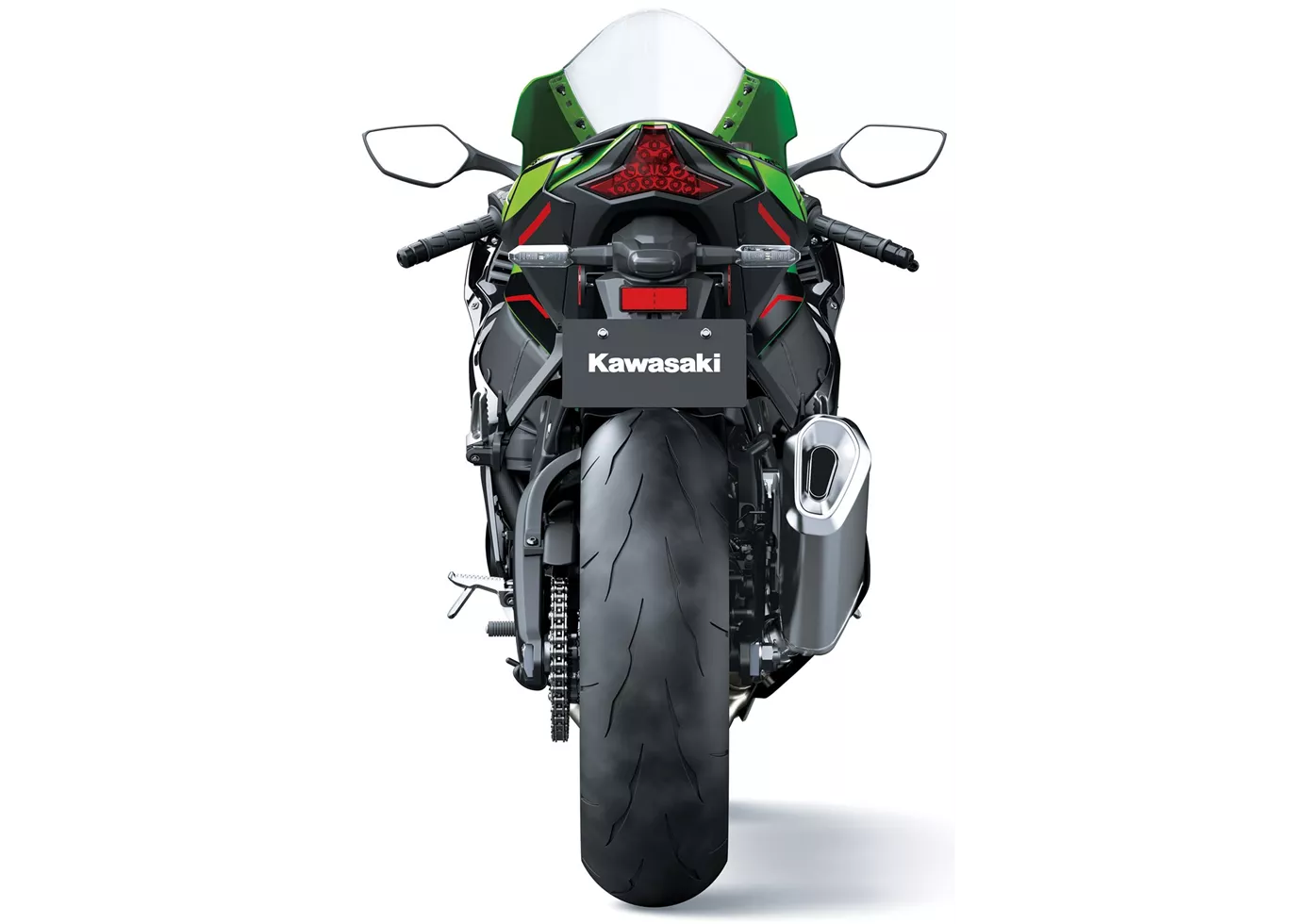
Avec la Ninja ZX-10R, Kawasaki propose pour l'année modèle 2021 un package complet et sophistiqué qui, avec sa nouvelle face avant, ressemble vraiment à 2021. La moto offre un espace surprenant pour le pilote et on se sent bien en selle. Le moteur poussif ne laisse rien à désirer - sauf peut-être une plus grande discipline en charge partielle. Pour mener à bien ce projet, Kawasaki a misé sur des ingrédients de qualité : suspension Showa, amortisseurs de direction Öhlins, freins Brembo avec disques de 330 ainsi qu'une électronique haut de gamme. Grâce à son électronique de qualité et à son moteur souverain, la Ninja ZX-10R fait même assez bonne figure sur les routes de campagne - pour autant que l'on soit capable de souffrir un peu en matière de position assise en raison du concept.
Price Comparison Avarage Market Price Yamaha R1 vs Kawasaki Ninja ZX-10R
There are a few key differences between a Yamaha R1 2010 and a Kawasaki Ninja ZX-10R 2021. There are the same number of bikes of both models available on the 1000PS.de marketplace, specifically 5. It takes less time to sell a Yamaha R1 with 53 days compared to 177 days for a Kawasaki Ninja ZX-10R. Since model year 2005 1000PS.de editors have written 80 reviews for the Yamaha R1 and 51 reviews for the Kawasaki Ninja ZX-10R since model year 2005. The first review for the Yamaha R1 was published on 4/28/2003 and now has more than 3,900 views. This compares to more than 2,900 views for the first review on Kawasaki Ninja ZX-10R published on 1/11/2004.













